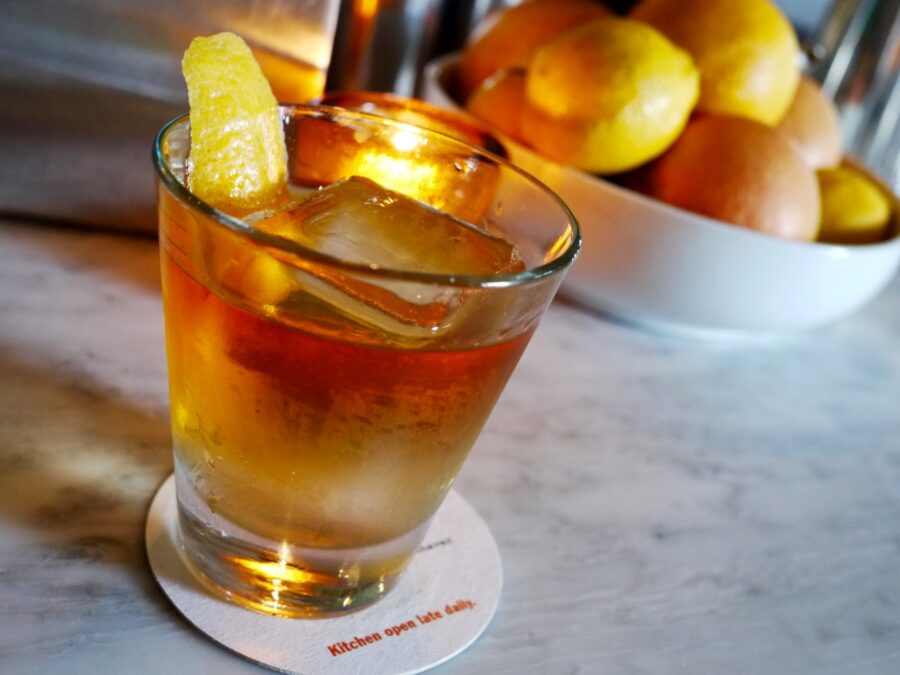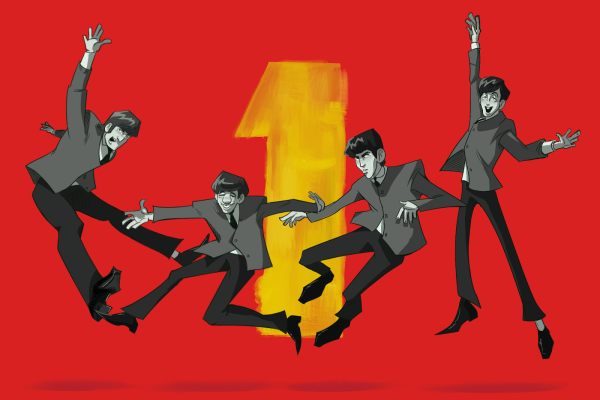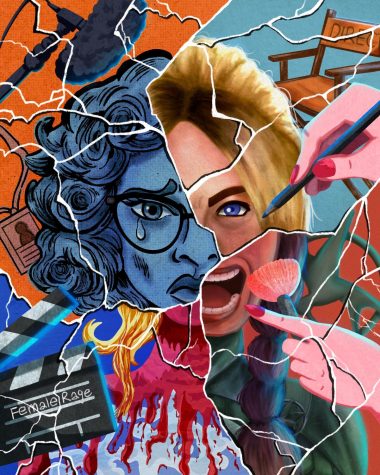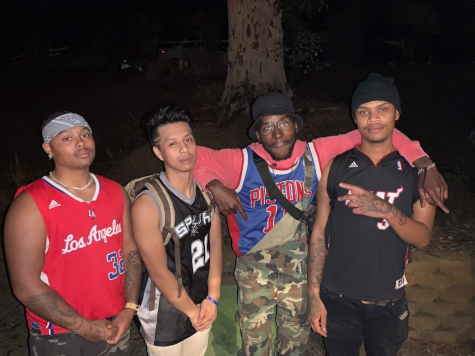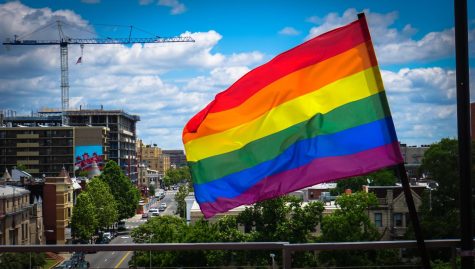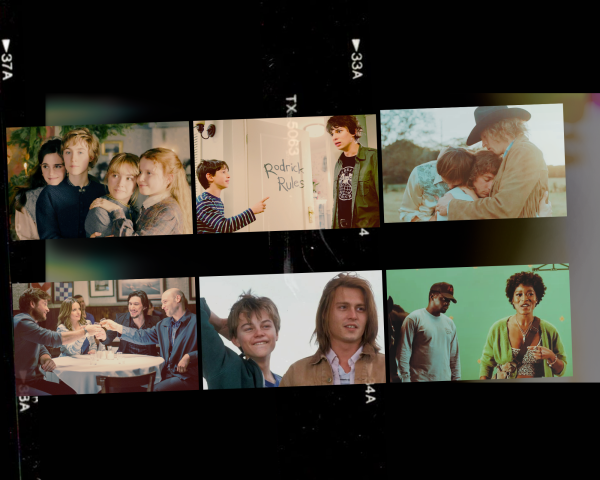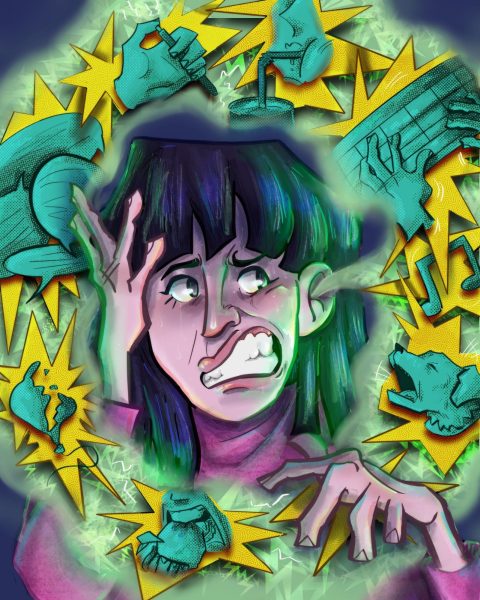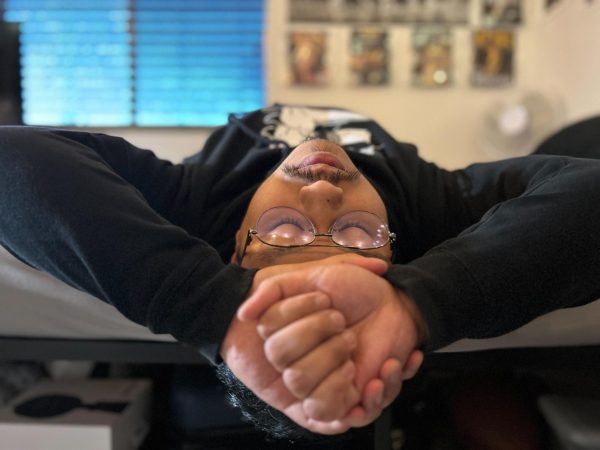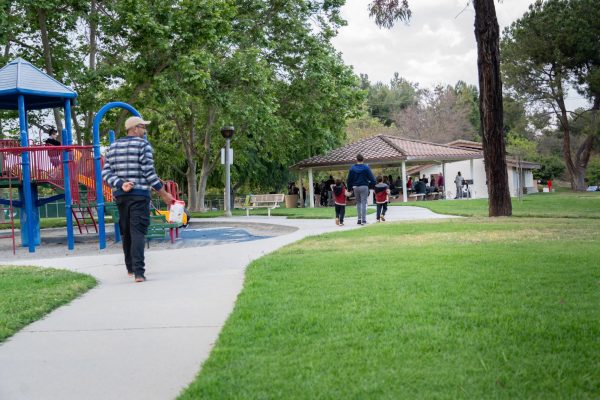Enjoy a Cocktail. It’s the American Thing to do.
Celebrating the 211 Year Anniversary of one of America’s Great Culinary Gifts to the World, the Cocktail
A bar is one of the ultimate expressions of American values. It combines freedom, individualism, democracy, capitalism, creativity, ingenuity, enjoyment, friendship, and debate.

The alter-like, back bar towers above you, filled with a vast assortment of mysterious, glowing bottles. You’re faced with nearly limitless choices. Credit card in hand, you can have whatever you want made to your specifications and taste. The bartender approaches: “What’ll ya have?”
In this moment, between the end of the day and beginning of the night, the sun descending, bathed in twilight’s last gleaming, you place your hand over your heart. Right now, everything is possible.
These days, many Americans are at odds. It is difficult to find common ground, but regardless of politics, Americans share a common history, and much of that history is soaked in booze.
Look at the god-like figures of American mythology, all-time hall-of-famers of U.S. history, founders, George Washington, Thomas Jefferson both owned distilleries. Benjamin Franklin wrote wicked drinking songs. Much about their lives seems unfamiliar by modern standards. Some things, however, remain relatively unchanged, including many boozy beverages.
Food and drink can serve as a powerful vehicle to transcend time and geography to connect to history and celebrate heritage, a pathway to access common, cultural memories we did not know we had.
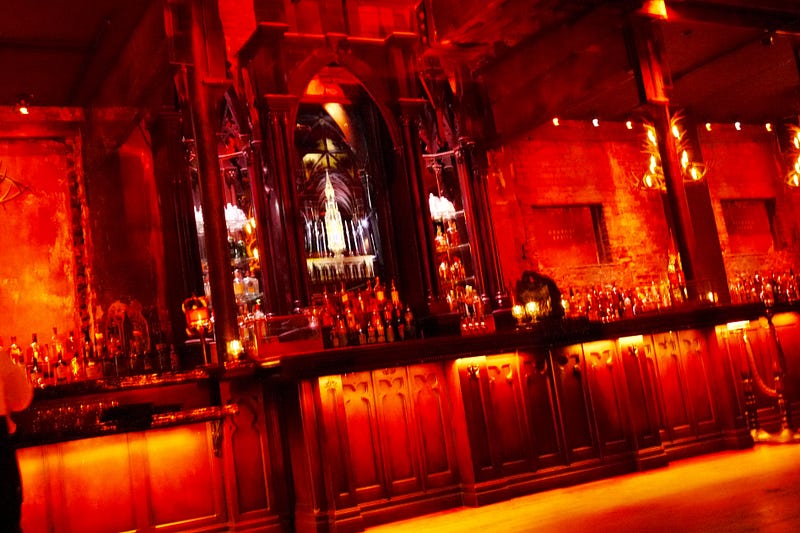
As a native-Californian, I often felt a sort of disconnect from American history. Out here on the left-coast, stories of young America were distant and mythological.
My first memory of a tangible, real connection to U.S. history came through food. It was sometime during early grade school when my mom gave me a book, ordered from the Scholastic Book catalog: “George Washington’s Breakfast,” by Jane Fritz.
It was exciting to think that I could eat the same breakfast as George Washington. It enabled me to experience history in a personal, direct way. Classic cocktails can do the same.
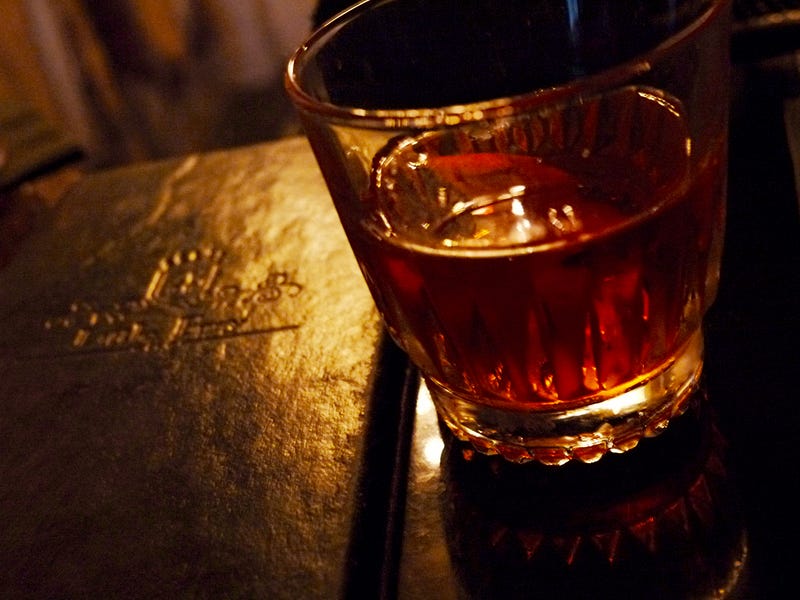
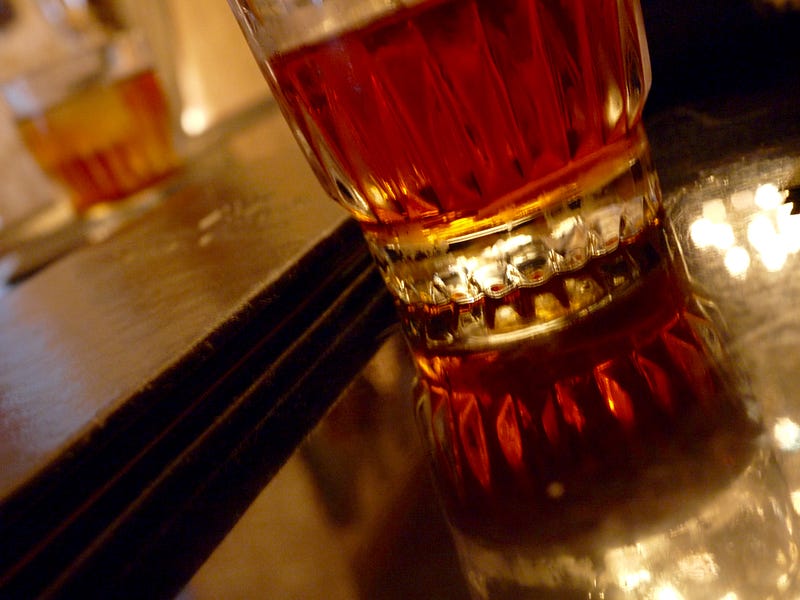
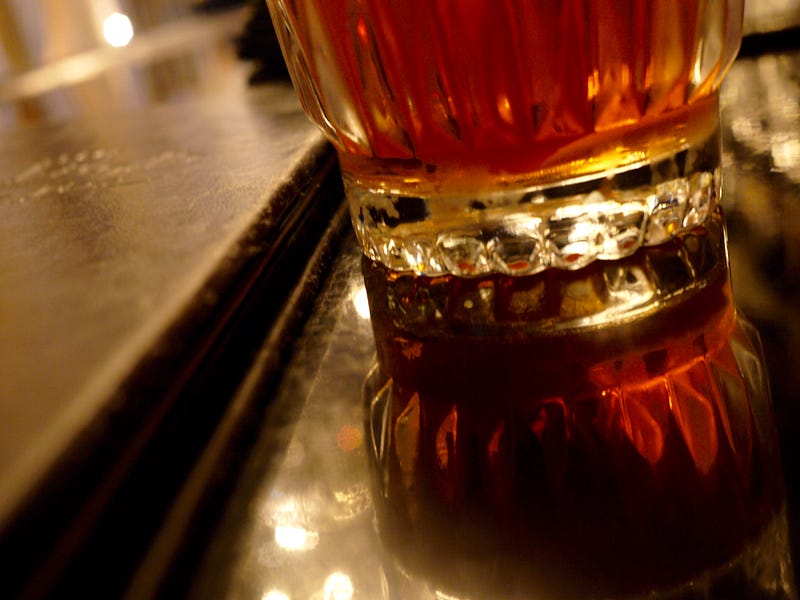
May 13, 2017 marks the 211-year anniversary of the first known printed explanation of the spirited refreshment and American culinary invention called a cocktail.
Exploring the history of mixed drinks transforms frivolous enjoyment of cocktails into something more meaningful.
Mindful enjoyment of spirited beverages can be a truly patriotic exercise, every bit as American the “Star Spangled Banner.” In fact, History.com states, the words to the “Star Spangled Banner” were set to an “English drinking tune called ‘To Anacreon in Heaven’ by composer John Stafford Smith.”
Spirited beverage enthusiast, Ben Franklin was known to literally sing the praises of drinking:
The Antediluvians were all very sober
For they had no Wine, and they brew’d no October;
All wicked, bad Livers, on Mischief still thinking,
For there can’t be good Living where there is not good Drinking
’Twas honest old Noah first planted the Vine,
And mended his Morals by drinking its Wine;
He justly the drinking of Water decry’d;
For he knew that all Mankind, by drinking it, dy’d.
From this Piece of History plainly we find
That Water’s good neither for Body or Mind;
That Virtue and Safety in Wine-bibbing’s found
While all that drink Water deserve to be drown’d
So For Safety and Honesty put the Glass round.
—from The Antediluvians Were All Very Sober, Benjamin Franklin, circa 1745
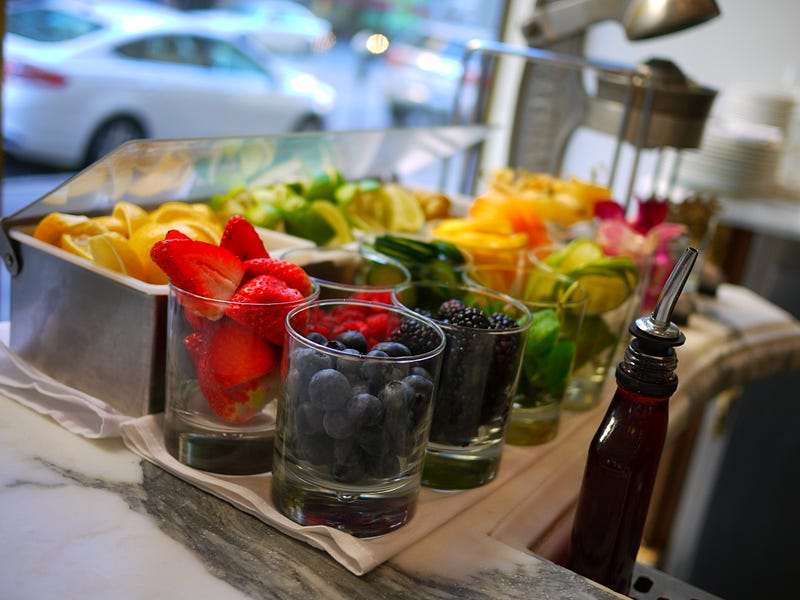
Some view drinking as sign of weak character, a sinful act. Presently, neither the president nor vice president partakes in boozy refreshment.
It seems reasonable to conclude the Puritan settlers held a similarly negative view of alcohol, but in their time, booze was essential to life. Before germs and microorganisms were understood and managed, water could kill you. Seriously!
William Grimes in his book on cocktail history, Straight Up or On The Rocks, writes, “The Puritans arrived on the shores of New England with a passion for freedom and a raging thirst.” When the Arabella of the Winthrop Fleet set sail for the new world, its “stores included 10,000 gallons of beer, 120 hogsheads of malt for brewing, and 12 gallons of ‘hot waters’ or ardent spirits…most families brought their own backup barrels.”
Grimes added, “No one condemned alcohol outright. Drink was a gift of God, a source of good cheer, the seal of friendship.”
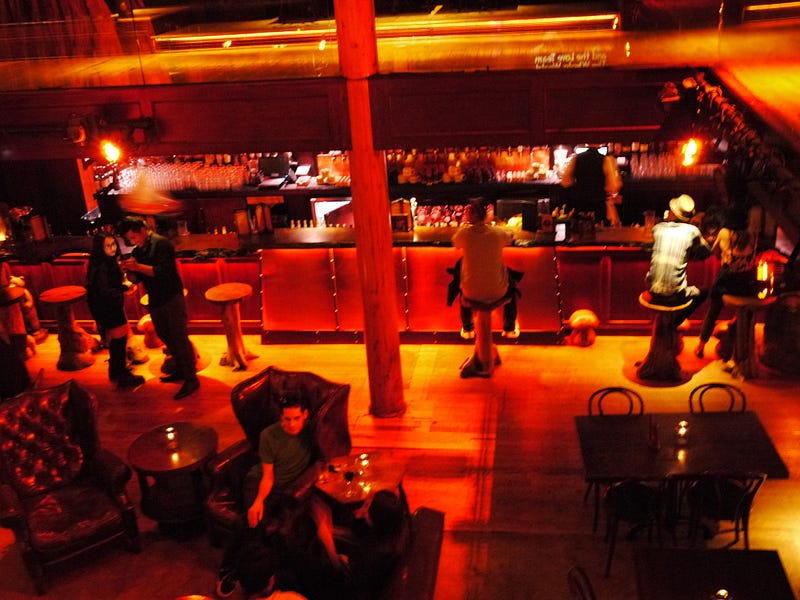
People continue to enjoy the gift and good cheer of alcohol. Friendships and relationships of all kinds are initiated and strengthened while sitting elbow to elbow.
Alcohol lubricates the gears of commerce as deals are formulated and sealed in bars and restaurants over cocktails and wine.
We don’t need to share common points of view in order to share cocktails in the spirit of respect and affection. In interpersonal relationships as in relations between nations, as long as people are engaged in dialog and respectful debate, they are not fighting.
Historically, alcohol also served practical purposes. Fermenting sugar into alcohol and concentrating alcohol through distillation, enabled people to convert the fruits and grains of the season into stable substances, safe to consume for months or even years.
Our founders not only consumed alcohol, they also entered into the business of booze. By producing American, they reduced reliance on imports and fueled the young American economy. Grimes writes that George “Washington had a thriving operation…producing not only whiskey but apple, peach, and persimmon brandy. Jefferson too, had a rye distillery.”
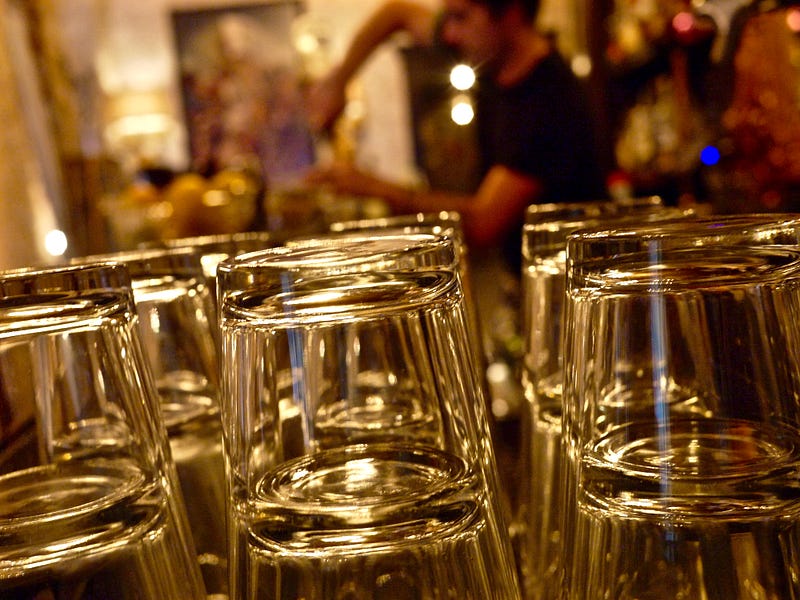
According to Richard Erdoes, auther of, “Saloons of the Old West,” distilled spirits were preferred. He writes, “Among early drinkers…beer and ale always ran second to the ‘good creature,’ ardent spirits, thought to promote longevity to the extent that life insurancers charged the abstinent a 10 percent extra premium for being a danger to themselves.”
The enjoyment of booze was a catalyst in the American Revolution, and in spirited mixed drinks, such as the cocktail, it helped form the concept of American exceptionalism.
Erdoes writes that early American statesman, “Daniel Webster once declared that the tavern was the headquarters of the Revolution. Others called it the Cradle of Independence….” Erdoes goes on to explain John Hancock smuggled rum “for the cause,” the Sons of Liberty gathered in taverns to protest the stamp tax, and the Boston Tea Party was launched from the Green Dragon Tavern.
Of course, alcohol, like any drug, can also be a catalyst for destruction. If abused, it has consequences. Driving and booze can combine into a deadly cocktail. In addition, some would charge that alcohol has been used as a tool of oppression, against poor and minority communities.
It’s nothing to be proud of, it must be acknowledged that oppression is also a significant part of American history, and alcohol plays its part.
In spite of the part the cocktail has played in U.S. history, and even though the word is ubiquitous in modern society, outside of cocktailian circles, origin of the cocktail is not common knowledge.
Many aspects of cocktail history and drink etymology cannot be confirmed, but this much is settled; On May 6, 1806, the New York newspaper, The Balance and Columbian Repository, ran a story that documented how much booze a democratic candidate had served in an apparent attempt to woo voters. The list of beverages included 25 dozen “cocktail.” On May 13, 1806, in a letter to the editor, a subscriber asked what is a cocktail?
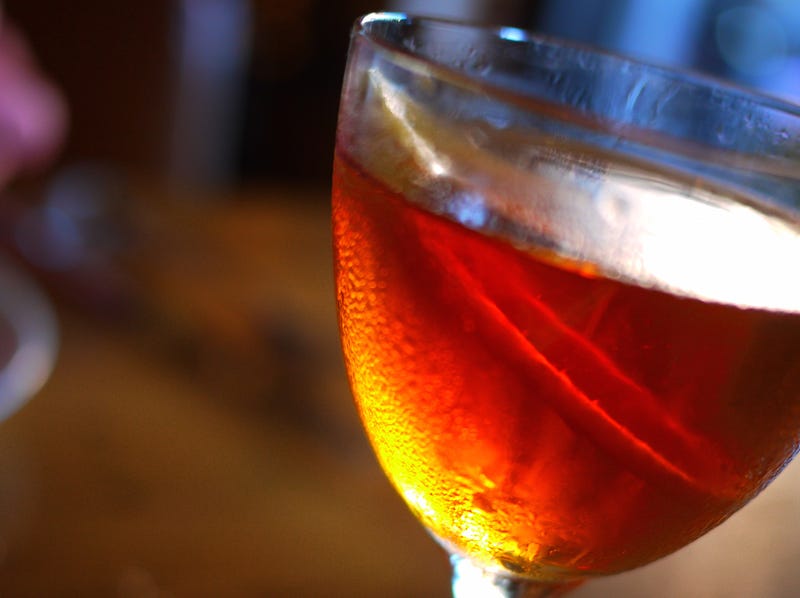
The editor, Harry Croswell, responded:
“As I make it a point, never to publish anything (under my editorial head) but which I can explain, I shall not hesitate to gratify the curiosity of my inquisitive corespondent: Cocktail, then in a stimulating liquor, composed of spirits of any kind, sugar, water and bitters….” A transcription of the complete text of their exchange can be viewed on the Museum of the America Cocktail web site.
This combination “of spirits of any kind, sugar, water and bitters” is regularly enjoyed, more than 200 years later. Today, it is known as an Old Fashioned, short for whiskey cocktail made the old fashioned way.
Preeminent cocktail writer and historian, David Wondrich, in his book Esquire Drinks, referred to the Old Fashioned as the first of “The Four Pillars of Wisdom…four perfect cocktails. Master these and you need never quail before the thirsty eye of a guest.”
The Old Fashioned is simple to make, just a few ingredients, essentially a spirit with a little bit of seasoning, but it is complex in flavor. You can view Robert Hess’ Old Fashioned recipe and his thoughts on the proper way to make it here.
Eric Felton, in his book, “How’s Your Drink? Cocktails, Culture, and the Art of Drinking Well,” writes while Franklin Delano Roosevelt was a martini enthusiast, FDR’s favorite cocktail was the Old Fashioned. Felton adds the Trumans were also fond of Old Fashioneds, preferring theirs without sugar or garnish.
Felton also explains Croswell, the editor of “The Balance and Columbian,” a Federalist publication, was highly critical of Jefferson. Eventually they battled in court over the paper’s coverage. The case, The People v. Croswell, in which Croswell was represented by Alexander Hamilton, eventually set the precedent that truth trumps libel, helping to protect and ensure a freedom of the press.
While Old Fashioneds can be made with “spirits of any kind,” it is most commonly made with American rye or bourbon whiskey. Common variations include brandy, the agave-based spirits, mescal and tequila, rum, and even gin.
To use cocktails to connect to American history, they are best enjoyed in a bar. While many establishments stir up a fine Old Fashioned, it may be best to enjoy this historical drink in a historical bar.
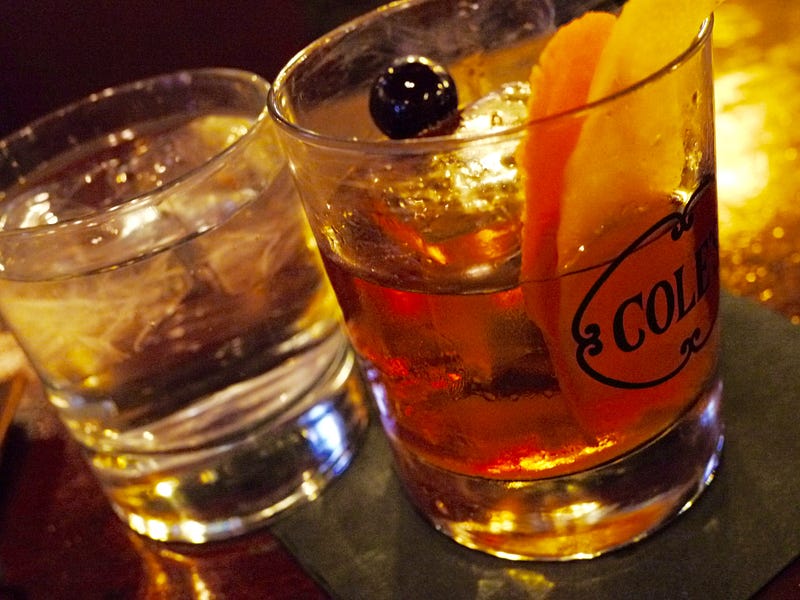
One of the finest Old Fashioned cocktails in L.A. can be found at the Red Car Bar, in Cole’s The Originator of the French Dip.
Opened in 1908, this is where a bartender named D Max, made me the first, best Old Fashioned that I ever had. D Max has moved on, but I’ve had equally fine versions stirred up here by Leandro, Rosie, Sean, and at least half a dozen other highly skilled bartenders.
Cole’s is located on the bottom floor of the Pacific Electric Building. Built circa 1905, it is on the National Register of Historic places. The building served as a maintenance garage for the Pacific Electric interurban railway, which was famous for its red cars, for which the bar in Cole’s is named.
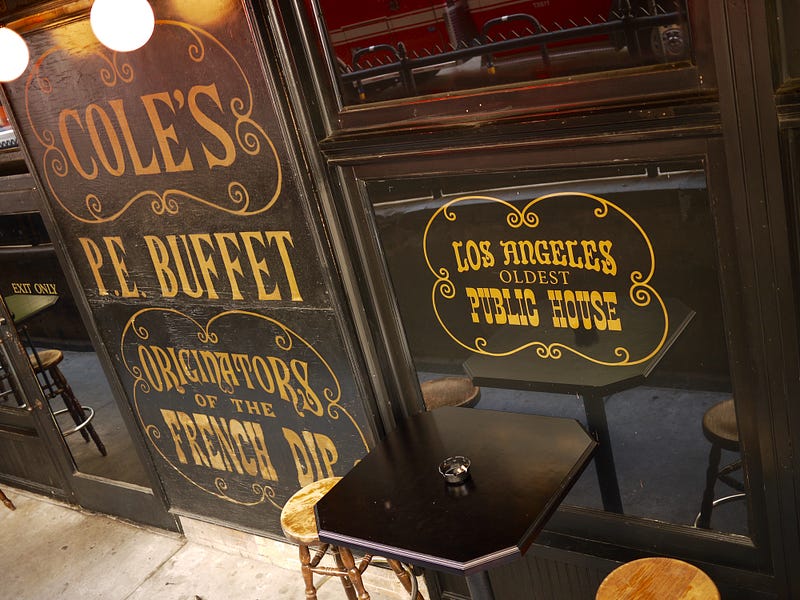
Below the shimmering red, blue, and yellow neon sign are steps leading below sidewalk level. Cole’s is one of two Los Angeles establishments that claim to have invented the French Dip sandwich (Philippe the Original on Alameda is the other), but that’s another story.
Once inside, your eyes may need a minute to adjust to the darkness. It’s dark in Cole’s regardless of time of day. There is lots of patina, a well worn wooden bar, dark wood, muted reds and burgundy. They have a dining room, but look to grab a couple open stools at the bar instead.
Order an Old Fashioned. The house mix is always good, but if you’re asked, you could call for Rittenhouse or Bulleit rye. Both of these American rye whiskeys deliver great flavor at a reasonable price. The bartender nods in agreement at your choice and gets to work on your drink.
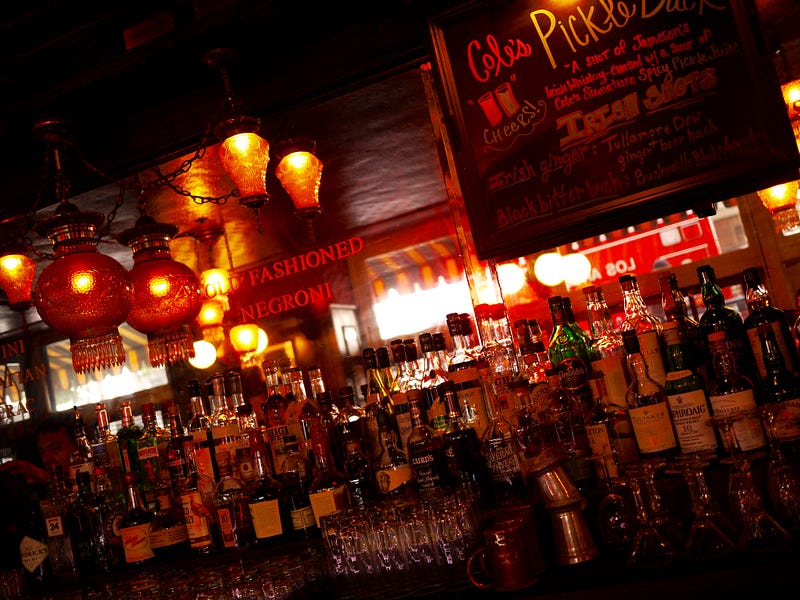
One of the best features of Cole’s Old Fashioned is the large, perfectly clear rocks of ice they use, which are made at Penny Pound Ice at the Arts District Brewery. It just fits inside the heavy bottomed glass. Due to the reduced surface area and lack of air bubbles, which make ice cloudy, this large, clear ice melts more slowly, so the drink does not become overly diluted too quickly.
Be sure to order some water. It’s important to stay hydrated when enjoying cocktails.
It’s also best not to drink on an empty stomach, so order a sandwich. Vegans and vegetarians will have limited options here. Their meat-filled sammies are the specialty. Lamb and pastrami are excellent, but the prime beef is traditional. Spicy garlic fries are yummy and so is the gooey, Mac N’ 2 Cheeses, topped with toasty breadcrumbs. The guilt of carb-loading will fade as the gentle buzz of your Old Fashioned washes over you in a warm whiskey glow.
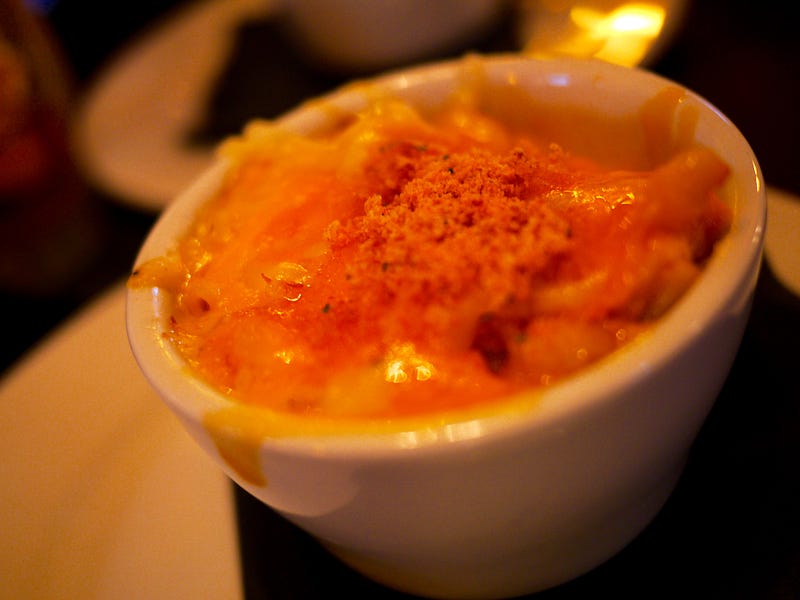
Your Old Fashioned arrives. It’s prettier than you expected. Take out your phone and take a few pictures. Post one to Instagram.
Lift the cold glass to your nose and breath in deeply. Take note of what you smell, orange and lemon oils, sweetness from the imported, Italian cherry, and spices. It smells great.
Your first sip packs a punch of boozy flavor. You tighten your lips a little from the slight sting of alcohol heat. It’s intense but very pleasant. There are notes of spice, vanilla, just a touch of subtle sweetness on the finish.
With each sip and smell, you are connected with George Washington, Thomas Jefferson, Harry Croswell, Alexander Hamilton and the United States Supreme Court. You are communing with Ben Franklin, the Sons of Liberty, with Puritan settlers.
Your cocktail transports you to Boston, Pennsylvania, New York, New Orleans, and San Francisco.
This cocktail unites you to millions of other people across the world, past and present, who have participated in and enjoyed this uniquely American institution.
You’re down to your final sip now. The ice has slowly melted, diluting the once aggressive whiskey from a heavy, clinched fist into friendly, warm embrace of a handshake or a pat on the shoulder.
Hold that final mouthful on your tongue for an extra long time. This last sip can bind you to your fellow Americans, especially the ones whose politics you despise. You may not agree on many things, but you share a common history.
Order another round.
Cheers!

